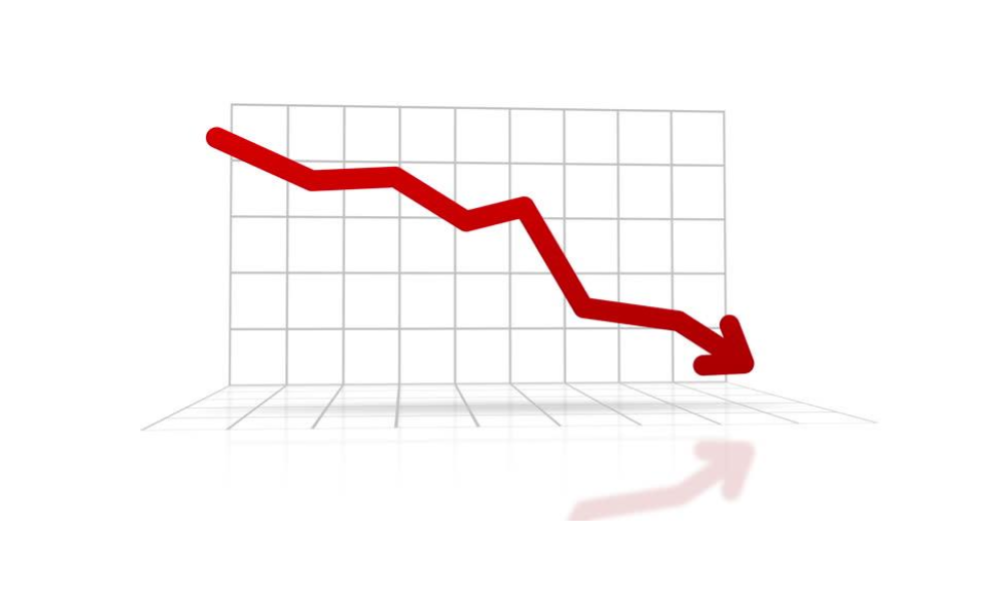The Crypto market has gained a lot of popularity in the recent decade, with almost 300 million crypto users across the globe and around 18,000 businesses already accepting payments using cryptos. With increasing popularity comes the possible emergence of new methods of scams to drain the funds of investors. One such scam is Crypto Rugpulls. Let’s find out the various crypto scams that are being engineered and what are the methods to detect them as well as prevent the occurrence of such scams.
So, What Are Crypto Rugpulls?
Crypto Rugpulls are frauds associated with the introduction of malicious code in a decentralised NFT blockchain and linking it with successful cryptos like Bitcoin, Ethereum, etc., to trick users into investing their funds into it. This code, when entering the user’s system, spreads malware and makes their confidential business data accessible to hackers, resulting in a security breach. Anyone would be able to drain that person of their assets or wealth with this data.
To gain user interest, people who introduce Rugpull Crypto might create a temporary hype about their token and exchange values on social media. After investors make a significant number of purchases, the creator of the Rugpull Crypto then either dumps or completely withdraws all of the liquidity from the blockchain, making the value of their token zero.
Rugpulls thrive mostly on decentralised exchanges as they are not controlled by a central custodial service. These services allow users to anonymously create tokens for free without being audited. This facilitates scammers to the best. In some cases, the creators might inject malicious code which is able to lock people’s exchanged assets into the blockchain. This results in the user’s disability to sell a token, and the creator would sell all of the tokens by forgery.
Two Types of Rugpulls
Primarily, there are two types of rugpulls, they are as follows:
- Hard rug pulls: When a token is introduced with a malicious code that would automatically drain investors off their liquidity after purchasing the faulty NFT, it is known as a hard rugpull.
- Soft rug pulls: When a token gains a significant number of exchanges on a platform and the creator simply dumps the token, thus devaluing it and stealing the profit made by the transactions, it is known as a soft rug pull.
Tips To Identify Rugpull Cryptos
Rugpulls occur mostly amongst new and budding investors, who possess less knowledge of market situations and, therefore, become vulnerable targets to such scammers. While there cannot be any guarantee to find assured signs of such rug pulls in a crypto market space, staying alert is the first and foremost step toward ensuring individual safety. Now let’s discuss some obvious signs of a tell-tale Rugpull Crypto in an exchange network.
- Decentralised exchanges use base algorithms to determine the values of tokens in a pool by calculating the available balances. It is always recommended to check the liquidity pool before exchanging a token.
- There have been several instances in the crypto market where the price of a token skyrocketed within 24 hours or even less, post launch. When a project pops up in an exchange platform overnight, this could be the sign of it being a Rugpull Crypto. The early success of a token is always a scam.
- Trading anonymously is okay, but creating tokens and acquiring user interest anonymously should not be. Always check the background of a token before exchanging funds with it; a token-creator or blockchain-creator should not remain anonymous.
- Never invest or exchange in a crypto with low liquidity rates. Liquidity rates might vary in different exchange networks, but only a Rugpull Crypto would have a liquidity rate that is as low as $10,000 in 24 hours of open trading.
- Another important point to consider is that the liquidity of a token should not be accumulated in one wallet in large amounts. If there is a token in an exchange network whose liquidity (say 30%) comes from one individual wallet; it would most likely be scammed away. Authorised decentralised platforms should not allow the accumulation of tokens of more than 5% of the total liquidity available. The more distributed a token supply in a network is, the safer it would be to invest in.
Conclusion
The facility of individual trading security and privacy provided by non-custodial exchanges has both its pros and cons. When a product gains too much market appreciation, it becomes prone to risks and fraud. With people developing a fetish for the crypto industry and the ever-growing probabilities of fraudsters scamming in decentralised exchanges, it is always advisable to do your own research before opting to invest in a cryptocurrency. Stay updated about the market and do not get lured by quick-return tokens being introduced overnight. If you are planning to begin your crypto journey today, wait no further, and start trading on Zebpay!

